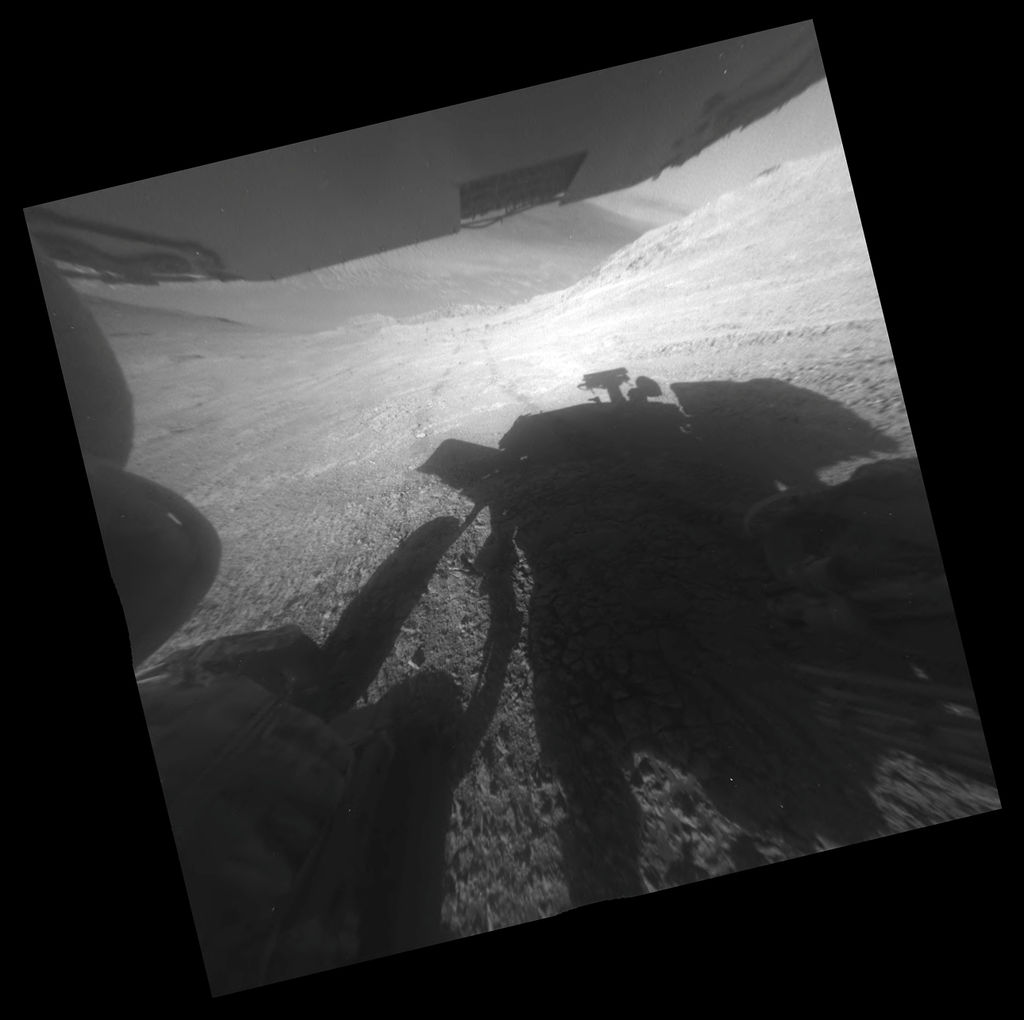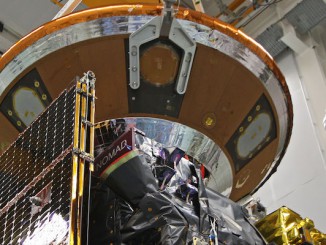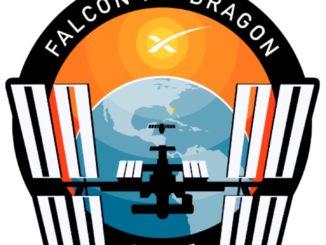
NASA’s intrepid Opportunity rover, in its 13th year driving across the deserted landscapes of Mars, tried to climb a 32-degree incline a few weeks ago to reach a piece of terrain scientists think formed billions of years ago in the presence of water.
The mobile robot, which has outlived its original 90-day design life nearly 50 times over, has never attempted to scale such a steep hillside before.
Opportunity could not make it up the incline, and ended up spinning its wheels and slipping on the slope March 10, according to managers at NASA’s Jet Propulsion Laboratory in Pasadena, California, where the rover is managed and operated.
“Engineers anticipated that Opportunity’s six aluminum wheels would slip quite a bit during the uphill push, so they commanded many more wheel rotations than would usually be needed to travel the intended distance,” NASA said in a press release Wednesday.
Commanding the rover via time-delayed remote control, Opportunity’s Earth-based drivers programmed the robot to rotate its wheels enough to move the vehicle 66 feet (20 meters) on flat terrain. It turns out the rover only moved 3.5 inches (9 centimeters) due to slippage on the incline.
“This was the third attempt to reach the target and came up a few inches short,” NASA officials said.
Scientists hoped Opportunity could get close enough to touch the rock target, located at the top of “Knudsen Ridge” on the southern edge of a region dubbed “Marathon Valley,” for detailed analysis by the rover’s instruments.
Marathon Valley sits on the western rim of Endeavour Crater, which spans about 14 miles (22 kilometers) in diameter.
Rover drivers sent Opportunity back downhill 27 feet (8.2 meters), then about 200 feet (60 meters) southeast and uphill toward another rock target, according to NASA.
Opportunity is investigating a region with clay minerals scientists believe formed when Mars was warmer and wetter.
The rover bounced to an airbag-cushioned landing in Mars’ Meridiani Planum region in January 2004, and has driven nearly 27 miles since its arrival.
Email the author.
Follow Stephen Clark on Twitter: @StephenClark1.



